A float boat is a more affordable, practical, and portable alternative to common inflatable boats. Using one is the closest experience to sailing on a sofa. They’re perfect for solo adventures and fishing quietly.
However, before you go fishing even on the float tube, you need prior planning to enjoy the experience to the fullest.
Today, we’ll show you the proper ways to use a fishing float tube and give you some recommendations to guarantee success of your next outdoor adventure.
1. Things you will need
- Float tube
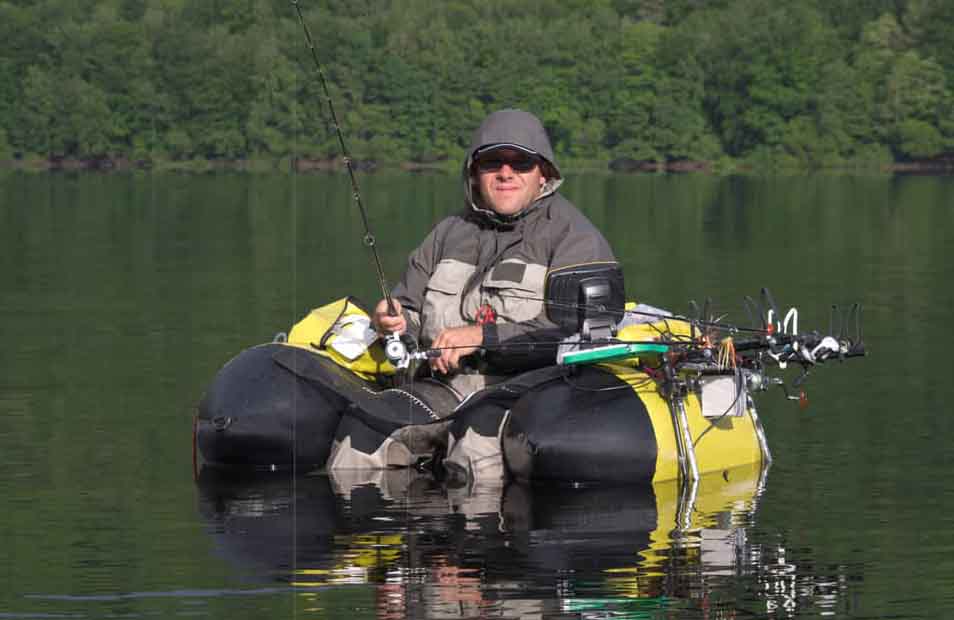
First of all, your float tube should have an adequate size to support the weight of your body and your fishing gear. Choose a model with comfortable seats, with enough space to support your back.
- PFD

Fishing life jackets, also known as PFDs, can never be missing on any boat trip. In fact, in many countries, there are laws oblige you to use them. These things could save you from drowning if you accidentally fell into the water and were swept away by the current.
- Fins
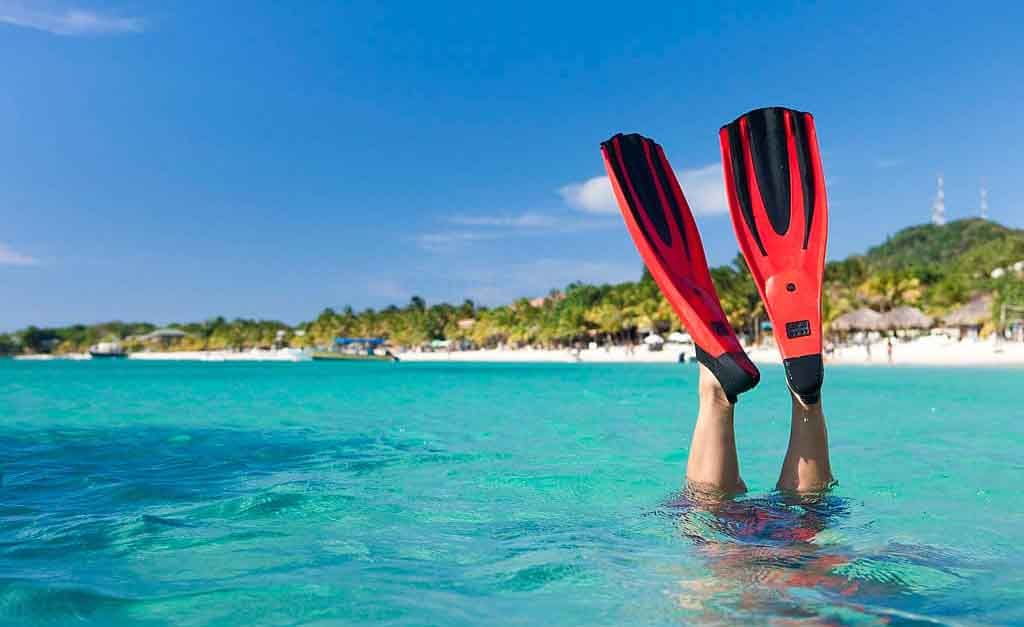
It doesn’t matter if you have strong legs or are an expert swimmer. A pair of fins are always necessary to propel your float tube when the current or wind drift you. If you use your bare legs to kick through the water, you’ll end up exhausted at the end of the day.
- Waders
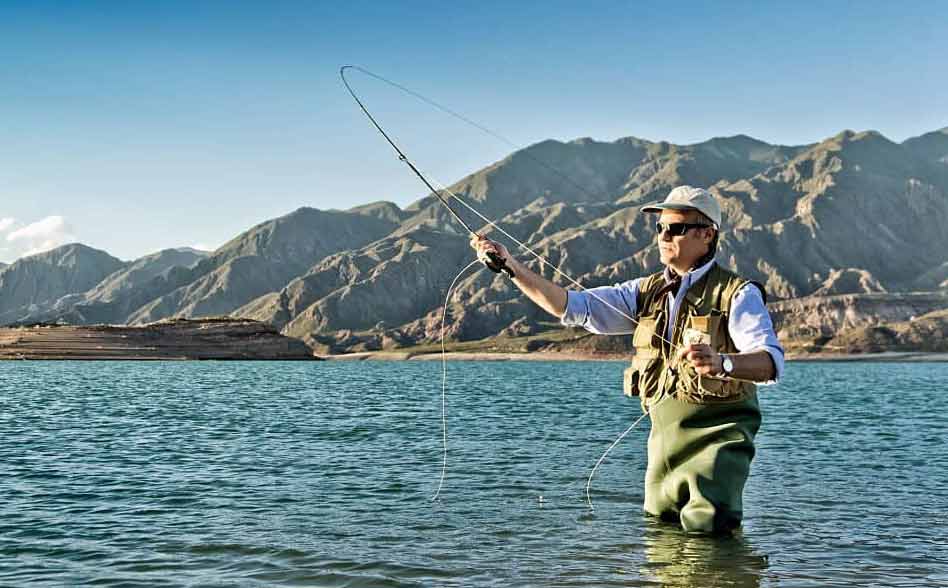
Fishing waders keep your legs dry and protected while submerged into the water. These rubber pants are very useful, especially in too cold waters. For example, if you try to catch some fish in Alaskan lakes without wearing a pair of waders, you could end up with hypothermia.
- Basic gear
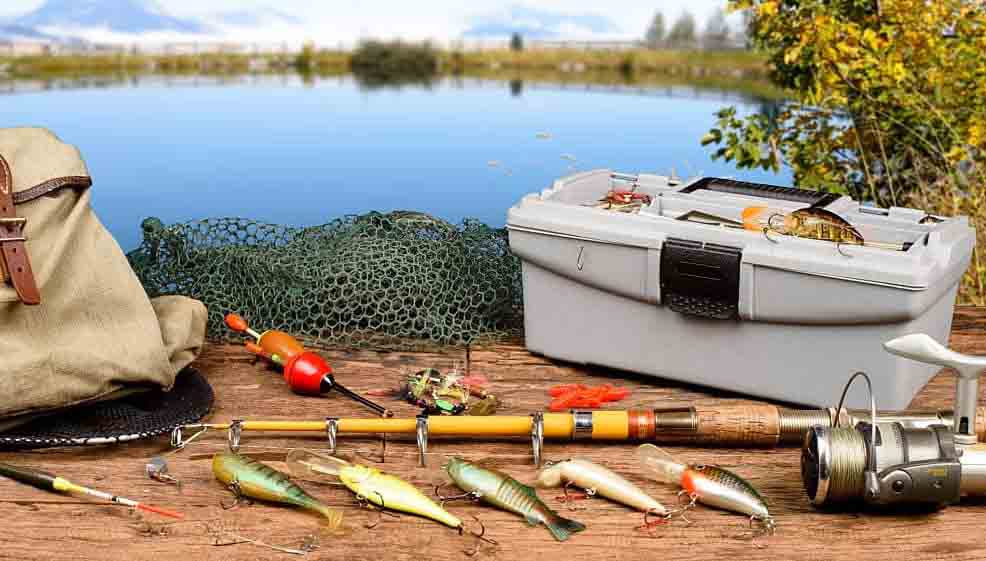
Don’t forget to bring your favorite fishing rod, a tackle box and a fishing net. Make sure you only carry the necessary things to avoid overloading your float tube.
2. Select your fishing spots
Before starting your adventure, be it on a float tube or an inflatable boat, trace a route in your mind to visit the best fishing spots. Visit each spot starting with the one closest to the shore and stay there as long as necessary. If you find no fish, move to the next spot.
3. Protect yourself from the sun and pests
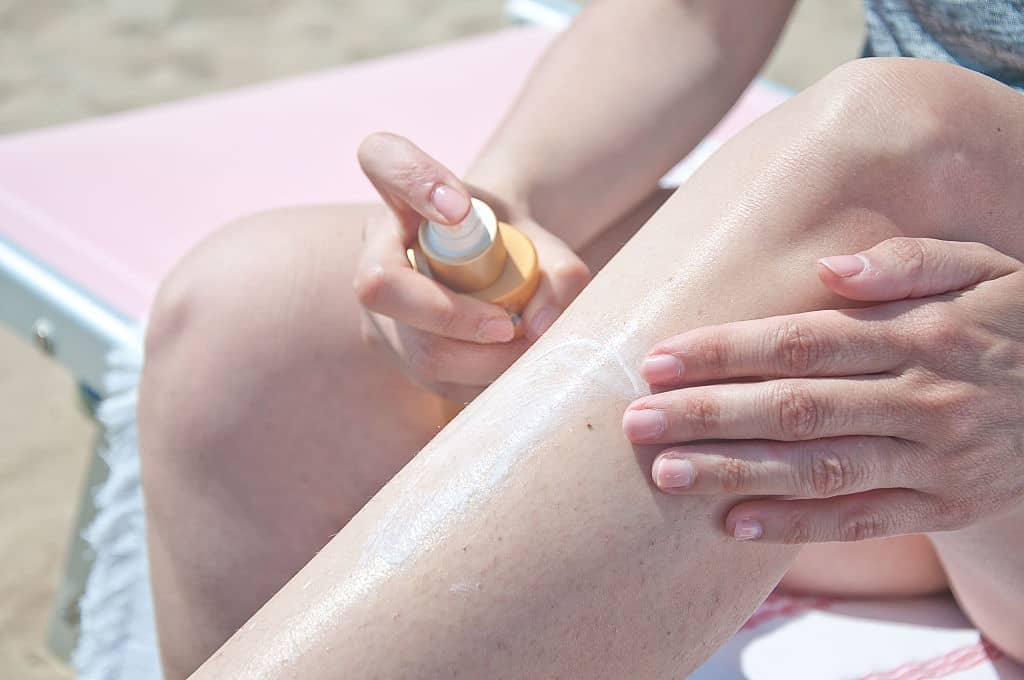
Don’t forget to apply sunscreen and insect repellant lotion on your skin. Prolonged exposure to UV rays could leave your skin red as a tomato. Always opt for lotions instead of spray repellants, because they have a longer effect.
4. Wear cool and comfortable clothes
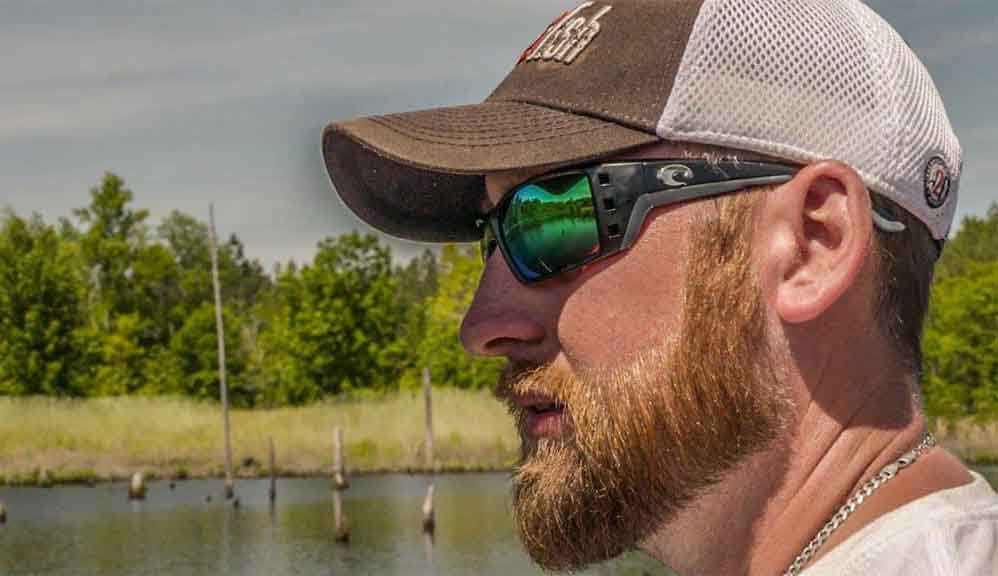
Wear comfortable and loose-fitting clothing that allows air to pass through the fibers. Complement your outfit with a fishing hat and a pair of dark glasses for extra protection. Don’t forget to wear waterproof clothing if the rainy season has already started.
5. Use fin keepers
Don’t forget to use a pair of fin keepers to hold fins to your feet and prevent them from falling into the water while you’re kicking.
6. Use wind in your favor
In order to not waste too much energy, use the impulse of the wind to move between different fishing spots.
7. Don’t stay away from other anglers
It isn’t convenient to fish completely alone. In the event of an accident, no one will be able to help you. So, always fish in places where other people can see you. Wear brightly colored clothes so you can differentiate yourself from the background. Keeping a quality kayak GPS is always a good idea when fishing alone.
8. Choose well your fishing tackle
Depending on the kind of fish you want to catch, make sure to choose the most appropriate fishing tackle. For example, if the fish is too big, you’ll need a long and strong fishing rod and enough fishing line.
9. Use the right flies and lures
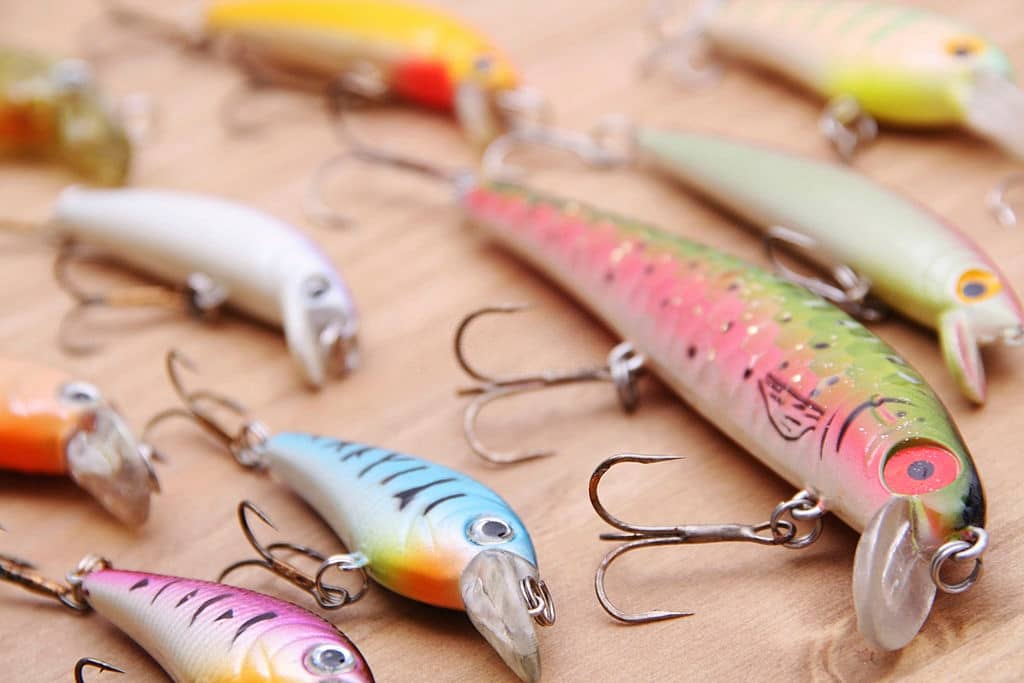
There’s no golden rule that tells you which fishing bait is most effective. Just use the one that gives you the best results. Some professional anglers often use shrimp, krill and worms. So, keep in mind any of these alternatives for your next fishing trip.
10. Choose the right length for your rod
As said before, the length you choose for your fishing rod depends on the kind of fish you want to catch. For example, to catch a salmon, 9-10 feet in length is sufficient. However, for bigger fish, like a river steelhead, you’ll need a 12-feet fishing rod.
11. Choose the right reel
Single action reels are the best for fishing with a float tube. They have enough line capacity to catch lake and river fish and smoothly release the fishing line.
12. Choose the right hook
Choose an appropriate hook according to the size of the fish you want to catch. Razor-sharp hooks are best for fishing with float tubes because they’re resistant and are very efficient for catching lake and river fish.
13. Don’t stay too far from the shore
When fishing on a float tube, straying too far from shore can be dangerous. Float tubes tend to deflate too quickly after a puncture. So, the further you’re from the shore, the faster you’ll have to move to reach it.
14. Protect your valuable possessions
Store all your valuable possessions like cellphones, rings, and wallets inside waterproof bags.
15. Check the time
Fishing can be a little addictive. Sometimes you focus so much on what you’re doing that you may forget about time. So, if someone is waiting for you at home, wear a wristwatch to check the time.
16. Don’t be worried
Many people believe that float tubes aren’t safe for fishing. But they’re wrong. Float tubes are resistant against punctures, so you can place your fishing hooks on their surface without risk. However, if you still have doubts, buy float tubes with special pockets to store sharp objects.
17. Bring enough food and water
Obviously, don’t forget to bring enough food and water for your fishing trip.
18. Think of an escape plan
In case of an accidental puncture, think of a plan that allows you to get to the shore as quickly as possible. If something bad happens, don’t get hysterical, take a deep breath and stick to the escape plan.
Conclusion
Certainly, there are no hard and fast rules on using fishing float tubes; however, it’s always wise to take some precautions before using one. First of all, bring enough water and food for your trip and don’t stray too far from shore.
Wear bright-colored clothing so other anglers can see you and a wristwatch to check the time. If you always obey these tips, you’ll be able to enjoy your fishing trips safely and without accidents.
FAQ
1. Which are the best accessories for float tubes?
Ans: For a better experience, you could install some additional accessories such as rod holders, echo sounders, and adjustable seats.
2. How do I push myself on a float tube?
Ans: The best way to move on a float tube is to use a pair of fins. Just submerge your feet in the water and start kicking.
3. Are float tubes safe?
Ans: Yes. Float tubes are safe because they’re made of strong materials and can resist punctures. However, it isn’t recommended to get too far from them shore when using one because they tend to drift very easily.

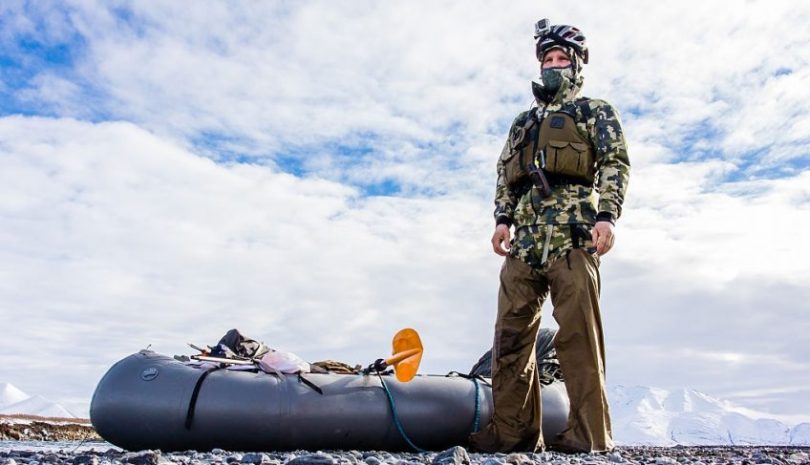


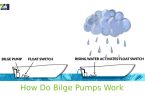

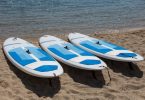

Leave a Comment